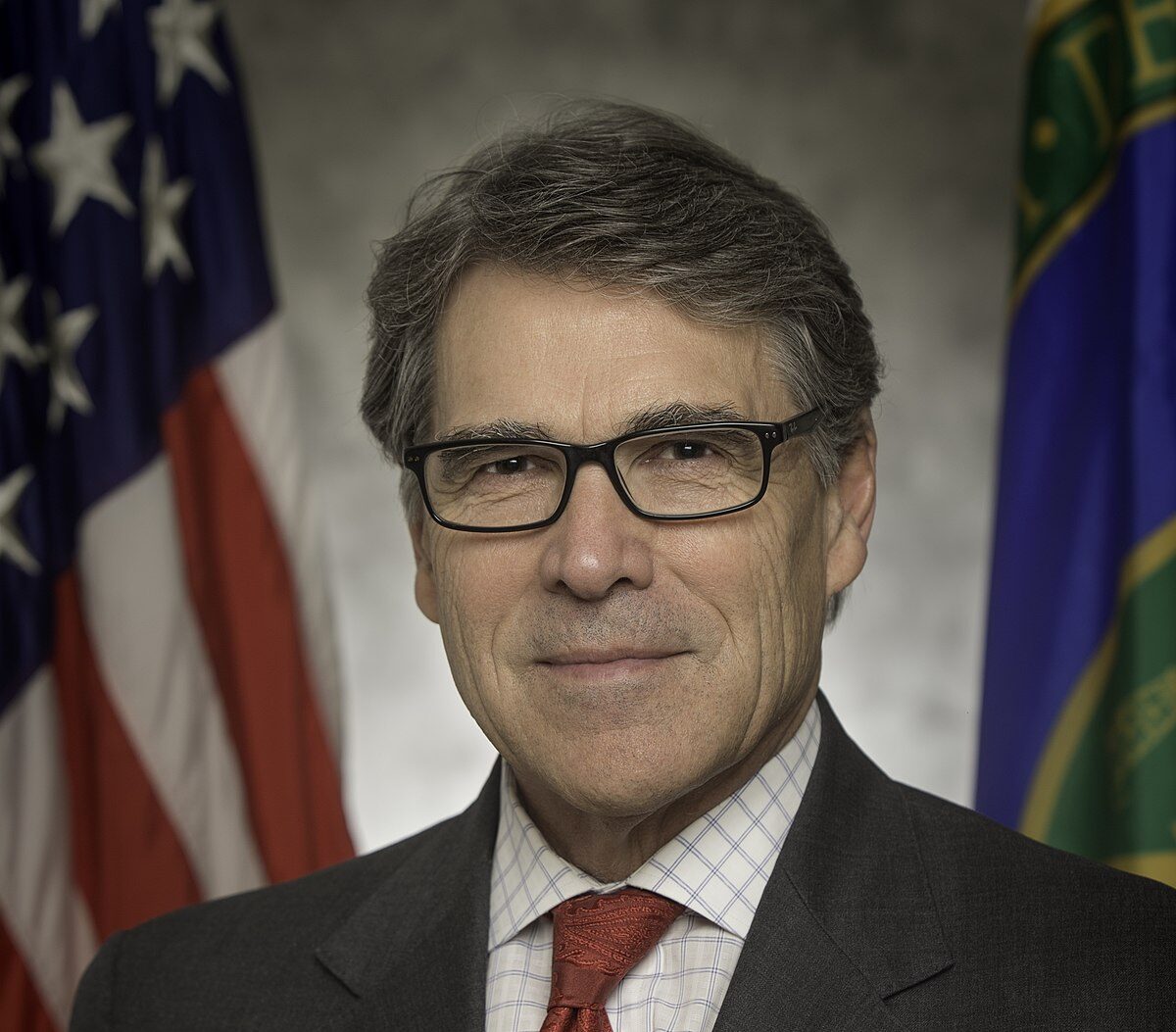Amarillo, Texas — A company tied to former U.S. Energy Secretary and Texas governor Rick Perry has unveiled a sweeping plan to build what it calls an “advanced energy and artificial intelligence campus” near Amarillo — a massive complex that would pair multiple large nuclear reactors with huge data-center capacity and, supporters say, answer soaring power needs from artificial-intelligence companies.
The project, led by Fermi America — a firm cofounded by Perry and his son — proposes building a multi-gigawatt energy hub on thousands of acres of land owned by Texas Tech University. Fermi’s filings and public materials describe a mix of power sources, including four full-size AP1000 nuclear reactors, large natural-gas plants and solar and battery storage, designed to deliver enough electricity to support one of the world’s largest AI data-center campuses.
Company materials have even suggested a name that links the venture to President Donald Trump, calling the site a “Donald J. Trump Advanced Energy and Intelligence Campus” in some filings and promotional language — a symbolic nod to the administration’s push to expand U.S. nuclear capacity and to an explicitly political framing of the project. Supporters say the association could help attract political backing and fast-track approvals.
Fermi says the campus would address an urgent problem: AI firms are rushing to secure large, reliable supplies of electricity, and existing grids and generation rarely plan for demand at this scale. The company projects the site could deliver many gigawatts of clean, round-the-clock power and claims an aggressive timeline to put some gas-fired capacity online within a few years and to begin commercial nuclear operations in the early 2030s.
But industry observers and critics raise big questions. Building full-scale nuclear reactors in the United States has historically been costly and time-consuming — even projects with established vendors have faced years of delays and large cost overruns. Skeptics say Fermi’s timetable and financing plans look optimistic, and they warn that long lead times and rising interest costs could make the economics challenging.
The project also arrives amid a changing regulatory environment. The Trump administration has pushed for faster approvals and has exerted influence over the Nuclear Regulatory Commission, moves that supporters say will speed up deployment while critics say may erode independent safety review. Local buy-in is another issue: the planned site sits near the DOE’s Pantex weapons complex, and backers argue the region’s familiarity with nuclear work will ease permitting and community acceptance.
Financing remains a central unknown. Fermi has pursued private investment and has explored public supports and incentives; recent filings tied to an IPO for the related data-center REIT reveal ambitions to raise capital for the project. Still, analysts say a venture of this scale will need large, long-term commitments from hyperscalers or major federal backing to be viable.
Proponents portray the campus as a bid to keep high-end computing jobs and AI infrastructure on U.S. soil, rather than overseas, and as a strategic move to compete with countries that are building heavy industrial power for advanced tech. Opponents counter that the plan uses geopolitical language and presidential branding to win political favors for what would be a risky and extremely expensive energy gamble.
As filings circulate and public debate grows, the proposal is likely to draw close scrutiny from regulators, investors and communities. Whether the idea becomes a reality will depend on whether planners can square an ambitious technical schedule, secure financing, and win approvals — and whether the political advantages it leans on outweigh the substantial practical hurdles.










